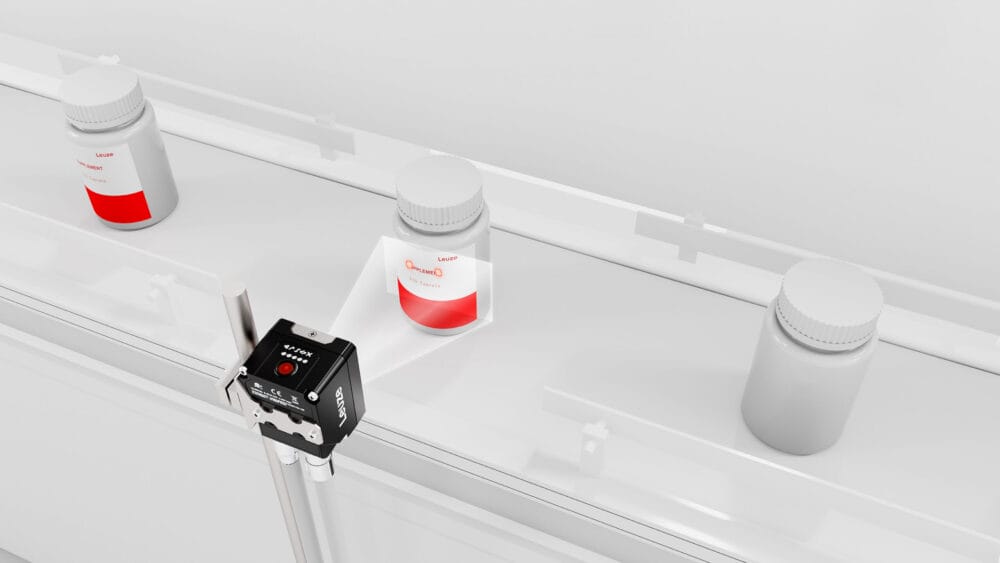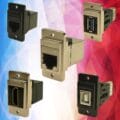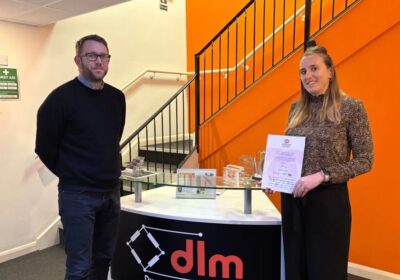Leuze Technology Report: A clear view guaranteed
Three aspects of sensor technology are particularly important in image processing for industrial automation: performance, flexibility and usability. Simple Vision sensors meet these requirements. They are as easy to operate as optical sensors, plus they are as powerful as camera systems. The Sensor People from Leuze offer this concept as a quick and straightforward introduction to vision technology.
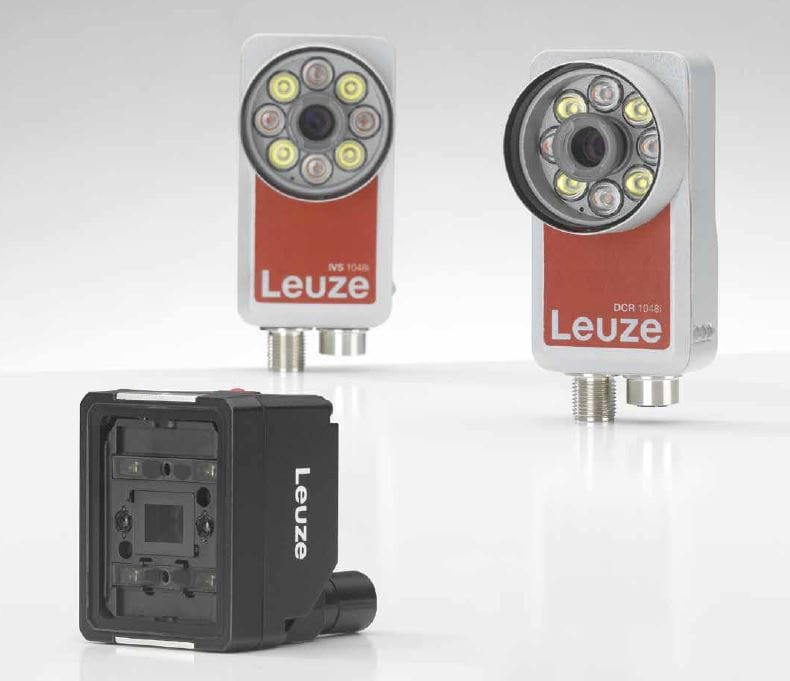
The devices are used for presence or absence detection, parts detection, inspection, as well as measuring or counting tasks.
Vision sensors are the ‘eyes of industrial automation’. That is because these little marvels enable machines to see and interpret their surroundings. They are easier to integrate and operate than camera systems. The devices are suitable for many different tasks: They are used for presence or absence detection, parts detection, inspection, code reading, and measuring or counting tasks. When selecting the optimum sensor technology, it is worth considering performance in the corresponding detection, identification and inspection tasks. In addition, sensor configuration and parameterization must be as simple as possible to save time and money. The Sensor People at Leuze provide a product portfolio that meets these requirements with their Simple Vision concept.
Simple setup, efficient detection
The image processing tools from Leuze are powerful: They combine image acquisition, processing and communication functions in one device. A common sensor application is detecting the presence or absence of objects. In filling systems, for example, caps, labels or imprints on bottles or flacons must be reliably detected. Sensors can also be used to check how an object is aligned – regardless of its format, material, color or dimensions. Users must ensure that the device performs well. The IVS 108 Simple Vision Sensor from Leuze, for example, has a consistent response time of just 50 milliseconds – even with changing objects, ambient or application conditions. This makes it very easy for system operators to decide whether the sensor meets their production process requirements. A quick sensor setup is also important. The IVS 108 requires neither programming nor lengthy configurations. All you need to do is position ‘GOOD’ and ‘NOT GOOD’ objects in front of the sensor and confirm by pressing the teach button.
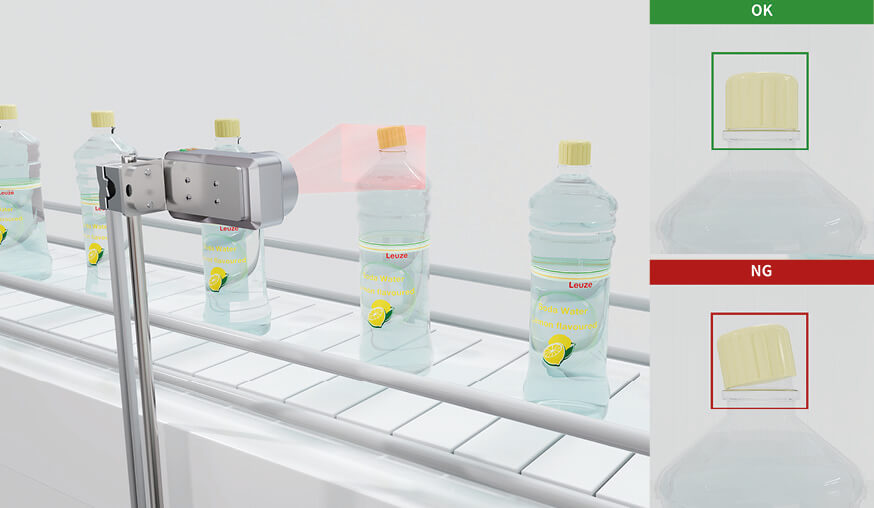
Vision sensors are recommended in many cases for image processing in industrial automation. Leuze’s Simple Vision product portfolio has the right solution for almost any application.
Code reading made easy
Vision sensors can also be used to read 1D or 2D codes. Sensors such as the DCR 1048i from Leuze read single or multiple codes simultaneously. This is a practical advantage for packages containing several secondary packaging units, for example. Multicode decoding makes this possible. If DPM codes printed on the packaging need to be detected, a sensor such as the DCR 1048i DPM is recommended. This is equipped with an optimized reading algorithm for reliable decoding.
All-rounder application
Depending on the application and system design, an all-rounder vision sensor can prove worthwhile. This enables system operators to respond quickly to market requirements and product changes. The all-rounder vision sensors such as the IVS 1048i from Leuze are recommended for detection, inspection and identification tasks. For example, checking whether labels or adhesive have been applied correctly on a packaging line. Another possible use is checking whether bottles are sealed correctly in a beverage-filling system. Some manufacturers offer devices with different resolutions. The IVS 1048i is available with a lower (736 x 480 pixels) or higher resolution (1,440 x 1,080 pixels). This allows very flexible sensor use. There is also a choice of four interchangeable S-mount lenses with variable focus adjustment. This means that the reading distance, field of view and depth of field can also be adapted to each system’s requirements.

The IVS 108 from Leuze is suitable for any application that requires checking the presence or absence of objects. For example, bottle caps, labels or imprints on bottles or flacons in filling systems. It can also be used to check the correct alignment of objects, regardless of their shape, material, color or dimensions.
Flexible configuration
No vision sensor without software: The usability of the associated image processing program must be a decisive factor when selecting the sensor technology. Time and effort can be saved in system operation with software that includes powerful tools and also provides statistics for image processing and inspection that can be used offline. Common interface protocols such as TCP/IP, PROFINET, FTP and SFTP (Secure File Transfer Protocol) are integrated into the device. This facilitates communication and data acquisition. Leuze provides PC-based configuration software that fulfills all these requirements with its Leuze Vision Studio. It is suitable for the IVS 1048i and DCR 1048i Simple Vision sensors. The Leuze Vision Studio offers the option of configuring the various sensors virtually using an emulator and testing the applications with real images without a device being physically present.
Summary
It can be beneficial for system operators to focus on vision sensors that can be set up and operated without any specialist knowledge. This makes integration and ongoing operation easier, even if production process requirements change. The system sensors can thus be designed cost-effectively with minimal effort. It is also important to choose a device with a powerful performance. The sensors in the Simple Vision concept from Leuze Vision combine all of this. This enables the efficient use of image processing technology in industrial automation.

